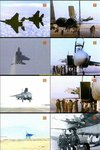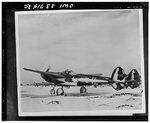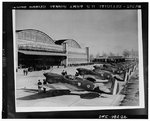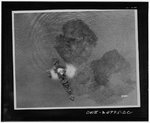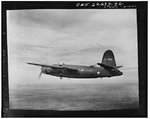plan_D said:If you were to build a new Lightning that was truely just an update of the Lightning, such as improved materials and improved engines etc. etc. then, yes, it's a Lightning. But it's not going to be built for personal use! And it's not going to be any kind of original Lightning - so it's not going to be the Lightning I love that served from 1960-1988.
If you got an old Lightning that was built in the 1960s, and started changing everything on it ...then it's no longer a Lightning, even if it looks the same. The only way a Lightning that's been rebuilt stays a Lightning, is if you built it the same way, with only MINOR material changes solely for safety purposes and built it exactly the same. To keep it even more real, pay BAe to pull out the old drawings and have them rebuild it! Highly unlikely anyone could them to do that ...but still. And to be a REAL original it has to be old ...you wouldn't build a GT40 Mk.IV (1969) to the exact same specs and call it a GT40 Mk.IV 1969, would you? It's not built in 1969 - so you can't! A new Lightning would have to be a Lightning Mk.7...then it's not original.
I disagree. If you build a new Lightning and it has new avionix and engine and weapons systems it is still a Lightning just a different version. For example the F-14D had different engines than the F-14B. It had different avionix packages but it was still an F-14. Therefore the Lightning would still be a Lightning. Thats just the way I look at it.

